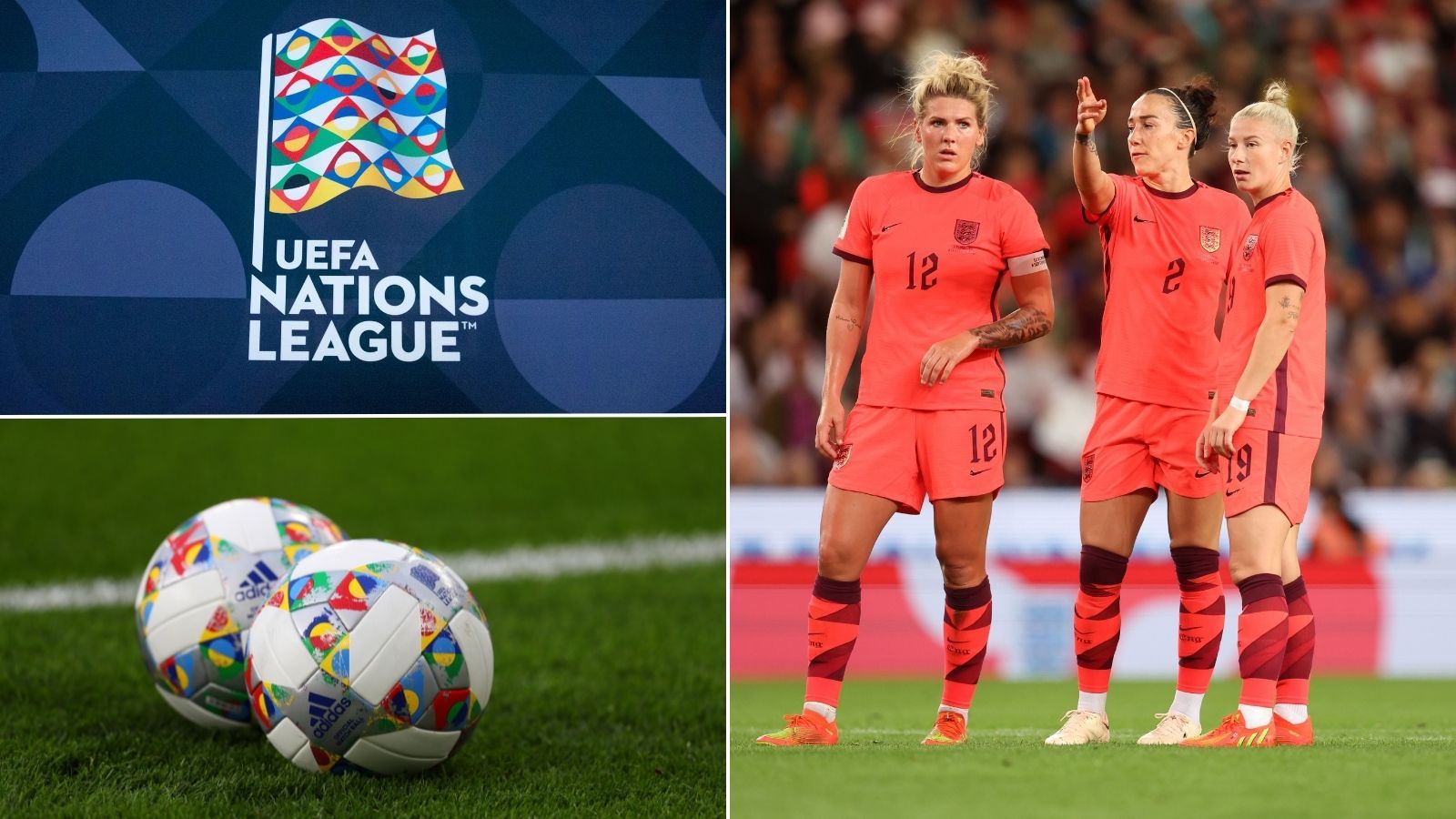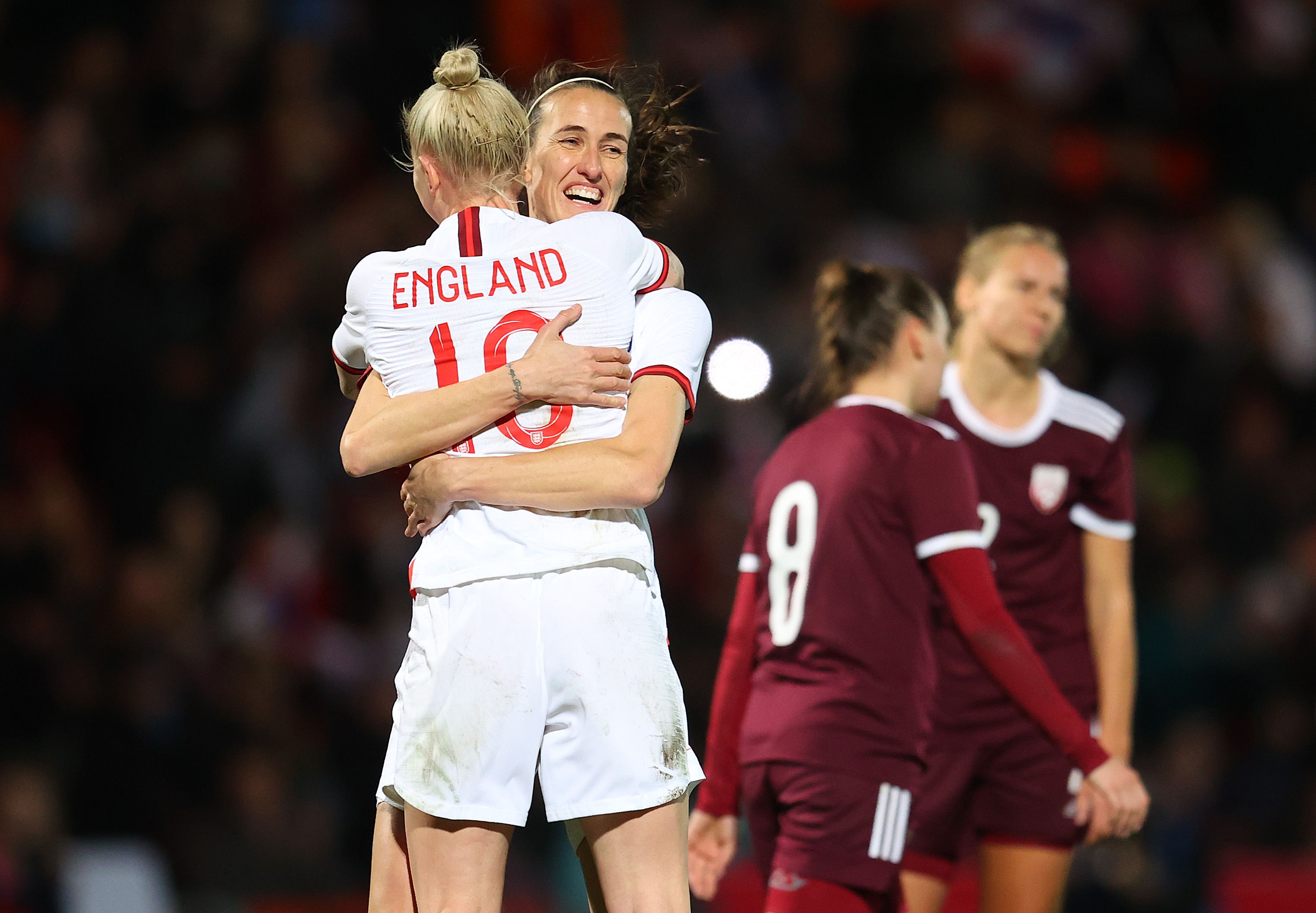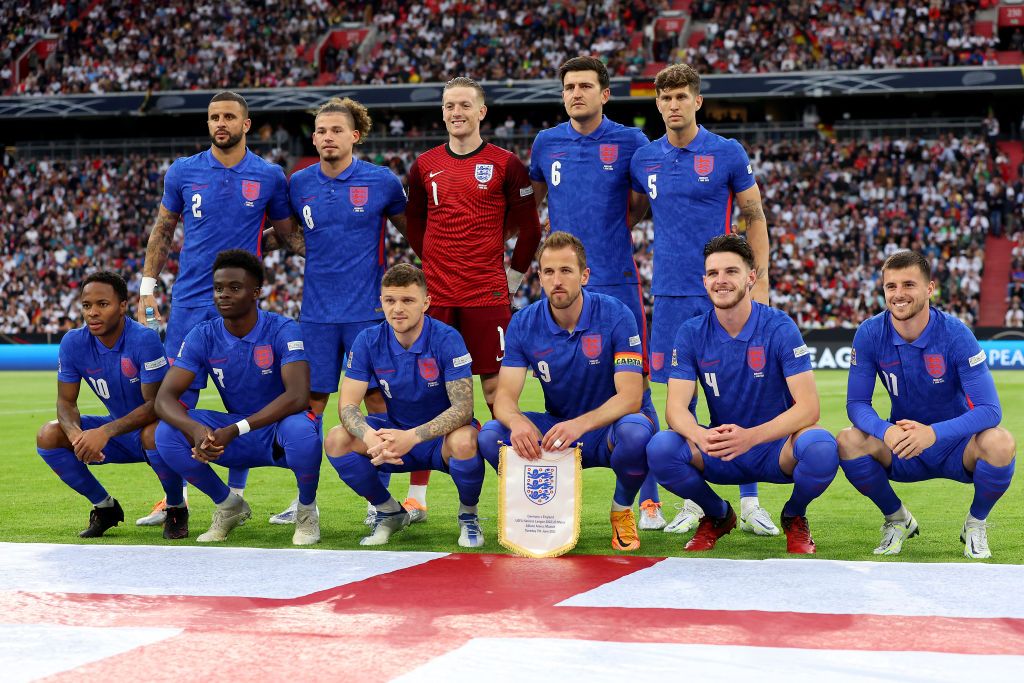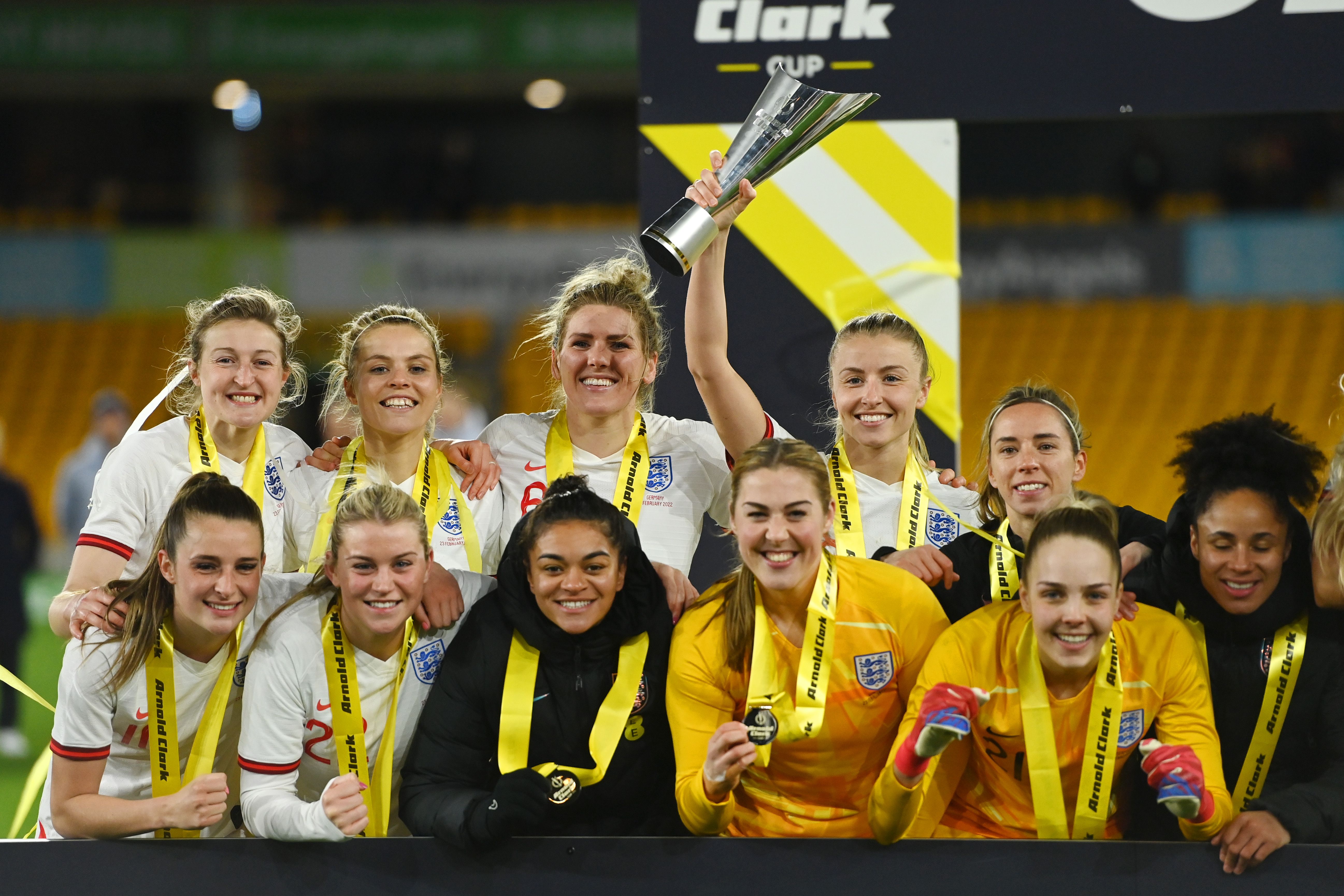Reports have emerged that UEFA has begun planning a Women’s Nations League that will follow the same format as in men’s football. The men’s version of the UEFA Nations League is a biennial international football competition contested by senior men’s national teams from across Europe. First introduced in 2018, following the FIFA World Cup, the format sees the continent’s best nations split into groups, with the best teams facing off in Group A –– before semi-finals and finals to determine an overall winner. According to journalist Sandra Riquelme, a women’s version of the Nations League is already in the works, though the exact dates are yet to be confirmed. UEFA’s objective is to use the competition to further promote women’s international football and its operation will be “similar to that of the men.†The success of Euro 2022 has catalysed the potential growth of the women’s game, but would the introduction of a Women’s Nations League prove to be beneficial? Or, is there the danger that more international fixtures could lead to fixture congestion and a gruelling and unmanageable schedule? GiveMeSport Women weighs up the pros and cons of a Women’s Nations League and assesses whether the competition would be in the best interests of women’s football.
Would people watch a Women’s Nations League?
The Lionesses’ recent Women’s World Cup qualifying campaign saw them score 70 goals and concede zero in nine matches.
More than half of these matches were won by eight goals or more, while the 20-0 demolition of Latvia last November remains the highest margin of victory ever by an England side.
Speaking after that game, head coach Sarina Wiegman stressed the need for more fixtures between the world’s best international teams, while UEFA’s head of women’s football, Nadine Kessler also stressed that such scorelines were “not good for the development of women’s football.â€
A Women’s Nations League would, therefore, allow the best teams in Europe to compete against each other more regularly –– leading to far more competitive and enjoyable matches.Â
Cast your mind back to England’s matches against Spain, Germany and Sweden at Euro 2022 and then consider how a Nations League would treat fans to games of this quality on a regular basis.
The introduction of the Arnold Clark Cup earlier this year did similar in this respect, but a Nations League would provide far more interest and incentive, while ultimately leading to a more prestigious prize.
The format would also allow for countries to face others on a similar level and move up or down the ranks accordingly, depending on their progress.
A tried and tested formula
The men’s version of the Nations League has had two editions so far, with the third having started this summer.
Admittedly, attitudes towards the competition were mixed at first, with some claiming the matches were no more than glorified friendlies.
Yet, as the years have gone on, the status of the Nations League has elevated and matches are unequivocally treated as competitive fixtures by players and coaches.
Statistics from SportsPro showed that last year’s Nations League final saw a 30 percent in its global TV audience, compared to the first edition of the tournament.
The success of the format is not limited to men’s football either, with it continuing to flourish at women’s U-17 and U-19 level as well.
There appears no doubt that there is an appetite and interest in the format. The real question is, however, whether there is space in the schedule for it to work?
Would it cause fixture congestion?
The likes of Emma Hayes have already expressed concerns over fixture congestion and the lack of regard for players’ wellbeing.
Many of the top players in Europe will play in multiple domestic competitions, including the league, cups and even the Champions League, while also taking part in World Cup, European qualifiers and major international tournaments for their countries.
Adding an extra tournament into an already packed schedule may seem like a recipe for disaster, but it could be possible for the Nations League to replace other matches on the calendar.
A number of international teams already play several friendlies each year and Nations League games could no doubt be played instead of some of these games.
Longer term, there is perhaps the potential to get rid of the Arnold Clark cup, or other similar mini-competitions to accomodate matches in this way as well.
Of course, there will be some fans who enjoy friendlies and the various mini-tournaments that currently exist, but there is evidently some scope for revising the schedule to fit in a Nations League if required.
Should domestic football be prioritised?
Another concern with the Nations League is that domestic football should be prioritised over international football.
As previously outlined, there are a plethora of international tournaments already, but many are desperate to see a Women’s Europa League or for the Women’s Champions League to be expanded to include more teams.
While the introduction of a Europa League would be huge for women’s football, the likelihood would be that matches would take place at the same time as the Champions League anyway, so a Nations League shouldn’t prevent such a competition from coming to fruition.
Like any new competition, there are understandable concerns about how feasible it may prove and whether it is indeed necessary.
Euro 2022 proved that the appetite for women’s football is there and that good quality, competitive football, when broadcast to a wide audience, can help grow the game exponentially.
A Women’s Nations League would provide bigger and better women’s football matches more frequently and on a competitive level. It should be a no-brainer.




















